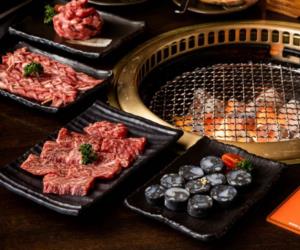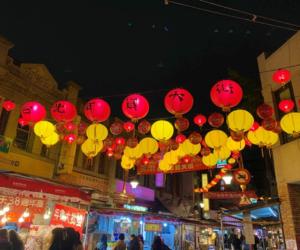The trekking to Langtang Valley offers an unforgettable Himalayan experience. Imagine walking through lush forests, crossing crystal-clear rivers, and watching snow-capped peaks rise above you. This trail is perfect for adventurers who want a mix of nature, culture, and breathtaking scenery. Every step of the way, the valley surprises you with its beauty, from serene lakes to traditional Sherpa villages.
文章重點
Why Trek to Langtang Valley?
The Langtang Valley Trek is one of Nepal’s most accessible yet stunning treks. Unlike longer Himalayan treks, it is ideal for those who want a high-mountain experience without spending weeks on the trail. This trek combines towering mountains, glacial rivers, and unique local culture. It is peaceful, less crowded, and full of natural beauty.
Trek Overview: Distance, Duration, and Elevation
The Langtang Valley Trek typically takes 7 to 10 days to complete, depending on your pace. The total distance is around 65 to 70 kilometers. The highest point of the trek is Tserko Ri, which stands at 4,984 meters. Along the trail, trekkers enjoy moderate altitudes, making it suitable for beginners as well as experienced hikers.
Scenic Himalayan Mountains
From the moment you enter the valley, the mountains dominate the horizon. Peaks such as Langtang Lirung tower above, often dusted with snow. Sunrises and sunsets here paint the mountains in golden and pink hues. Each viewpoint offers a new perspective, making every day a photography opportunity.
Lakes and Glacial Rivers
One of the highlights of the trek is the many lakes and rivers. These water bodies are crystal-clear, reflecting the surrounding peaks like mirrors. Walking beside them gives a sense of peace and calm. The Langtang Valley is home to small glacial lakes, which make perfect resting spots for trekkers.
Sherpa Culture Along the Trail
The trek also passes through traditional Sherpa villages. In these villages, you can see simple homes, prayer flags fluttering in the wind, and Buddhist monasteries. The locals are welcoming and often share stories about their culture and way of life. Staying in small tea houses offers a chance to taste local food and experience warm Himalayan hospitality.
Flora and Fauna
The Langtang Valley is rich in wildlife and plants. Rhododendron forests bloom in spring with bright red and pink flowers. You might spot Himalayan birds, deer, and sometimes the elusive red panda. Each section of the trek offers a new natural wonder, from dense forests to open alpine meadows.
Preparing for the Trek
Although the Langtang Valley Trek is moderate, proper preparation is important. Hikers should have good physical fitness and bring warm clothing, sturdy boots, and trekking gear. Altitude sickness can occur at higher points, so acclimatization days and a steady pace are recommended.
Best Time to Trek
The best seasons for trekking to Langtang Valley are spring (March to May) and autumn (September to November). During these months, the weather is clear, and mountain views are spectacular. Winter can be cold with snow, while the monsoon season brings heavy rain and slippery trails.
Why This Trek is Special
The Langtang Valley Trek is not just a hike—it’s a journey into nature and culture. You walk among towering mountains, serene lakes, and traditional villages. The trail is peaceful and less crowded than popular treks, giving you a sense of solitude and connection with nature. The views from Tserko Ri, the local interactions, and the natural beauty make it a trek you will never forget.
Final Thoughts
The Langtang Valley Trek is perfect for those seeking adventure, culture, and natural beauty. From lush forests and glacial rivers to snow-capped mountains and welcoming Sherpa villages, every step is an experience. Trekking to Langtang Valley is more than a journey—it’s a memory that stays with you forever.





